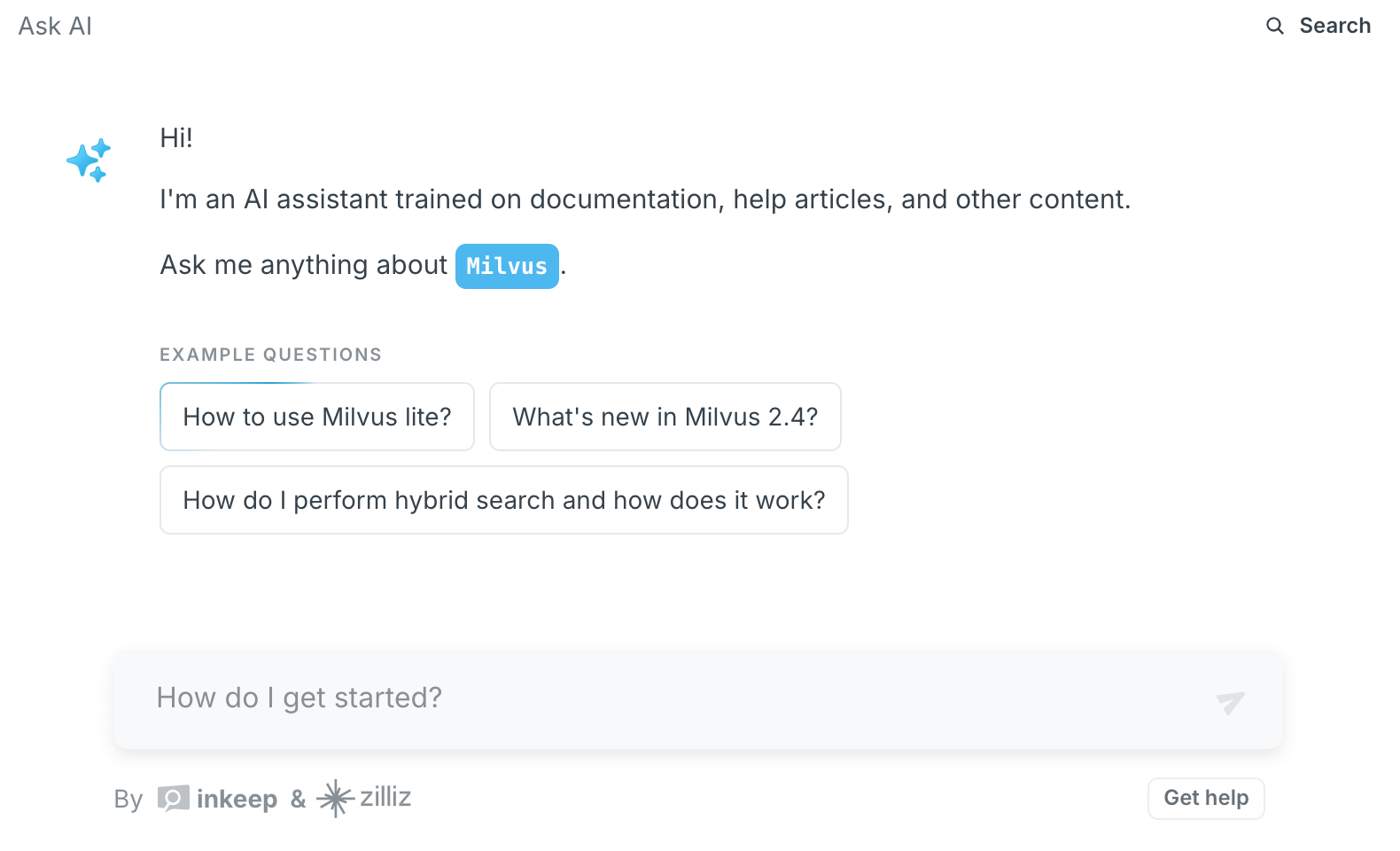What Does It Mean for a Generated Answer to Be “Grounded” in Retrieved Documents? A generated answer is “grounded” in retrieved documents when it directly uses information from those documents to support its claims, ensuring the response is tied to verifiable sources. In a Retrieval-Augmented Generation (RAG) system, this means the model first retrieves relevant text passages from a trusted dataset or knowledge base and then generates an answer based only on that retrieved content. For example, if a user asks, “What causes solar eclipses?” the system might pull a NASA article explaining orbital mechanics, then construct an answer using details from that article. Grounding ensures the model doesn’t invent facts or rely solely on its internal knowledge, which can be incomplete or outdated.
Why Is Grounding Crucial for Trustworthiness? Grounding is critical because it creates transparency. When answers are tied to specific sources, users can verify the information independently. For instance, a medical RAG system citing peer-reviewed studies allows doctors to check the original research, increasing confidence in the advice. Without grounding, the model might generate plausible-sounding but incorrect answers, like suggesting a harmful drug interaction not mentioned in any retrieved documents. This verification layer is especially important in domains like healthcare, law, or engineering, where errors can have serious consequences. Grounding also reduces “hallucinations”—instances where models generate false or irrelevant content—by constraining outputs to the retrieved context.
Implementation and Practical Impact Developers achieve grounding by designing RAG systems to prioritize retrieved content during generation. For example, the model might use attention mechanisms to focus heavily on the retrieved passages or be fine-tuned to reject queries if no relevant documents are found. A well-grounded system might also include citations or links to sources in its output. However, grounding depends on the quality of the retrieval step: if the system fetches irrelevant or outdated documents, even a perfectly grounded answer will be untrustworthy. Thus, developers must balance retrieval accuracy (e.g., using dense vector search) with generation constraints to ensure answers are both accurate and traceable. This approach builds user trust by making the system’s reasoning process more transparent and auditable.
